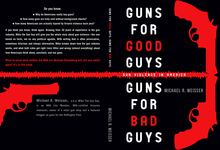 Available in print or e-book on Amazon.
Available in print or e-book on Amazon.
One thing that both sides in the gun debate seem to agree on is the notion that we would suffer much less gun violence if we did a better job of dealing with people who are mentally ill. After all, what normal person would walk onto a navy base and kill twelve people, or walk into an elementary school and end the lives of several dozen adults and young kids?
One of America’s foremost authorities on mental illness, Wayne LaPierre, made this point when he was interviewed following the massacre at the Navy Yard in DC. The NRA chief said, “This outrage was [because] of a mental health system that is completely broken.” How do we know that Wayne’s a mental health expert? Because he talks about it all the time. He made the same, exact point in his first public comment after Sandy Hook, then he repeated his demand to fix the ‘broken’ mental health system in his speech before the membership of the NRA.
But Wayne’s only an executive of the NRA. What if you’re the Chief Executive of the United States? The President is also convinced that tightening up the process for getting mental health records into the FBI background-check database will also protect us from the damage caused by guns. In January, the White House said it would help states remove barriers for sending mental health data to the FBI background check system known as NICS. Then in April Obama directed the CDC to begin figuring out how to increase the flow of mental health information to the FBI without violating the privacy provisions of HIPAA and other privacy laws.
So while we can all feel pleased that the leaders of the pro-gun and anti-gun movements can finally agree on something, it’s not clear that this new-found alliance really means anything at all. For one thing, calling someone “mentally ill” because they commit an outrageous act doesn’t mean that the way they behave fits the definition of ‘mentally ill.’ Consider the definition that is held by the real experts, such as the National Alliance on Mental Illnesss: “A mental illness is a medical condition that disrupts a person’s thinking, feeling, mood, ability to relate to others and daily functioning.” The same definition is used by the CDC.
Note the fact that we are dealing with a ‘medical condition,’ which means something that should be treated by medical professionals. But what does the treatment consist of? A visit or two to a therapist and perhaps a brief regimen of pills? Not a single one of the recent mass murderers – Lanza, Alexis, et. al., - sought or received medical treatment that could have resulted in their names being added to a mental health watch-list that would have been sent to the FBI. And note that the definition of mental illness also incorporates the idea that the condition “disrupts” daily functioning. Not true in the case of the Aurora shooter, not true for the young man who shot Gabbie Giffords, not true for Virginia Tech, not true, not true, not true.
Wouldn’t it be nice if all we had to do to end gun violence was to crank up the computers and stuff some more data into NICS? If the NSA can record, analyze and store one billion cell-phone calls every day, it can’t be that difficult to enlarge the capacity of the NICS system to track a few million loonies who otherwise might be able to buy guns.
But it’s not the unfortunate individuals suffering from real mental illness who walk into a building and begin shooting everyone in sight. It’s the guys you don’t notice, the ones who walk around seemingly normal and functioning who all of a sudden just snap. Want to keep those types from getting their hands on a gun? We’re right back to where we started arguing whether it’s guns or people who do the killing.
Related articles
- Jayne: On guns, mental illness and the intersection of the two (columbian.com)
- NRA chief Wayne La Pierre wants ‘broken’ mental health system fixed but rejects … - New York Daily News (nydailynews.com)


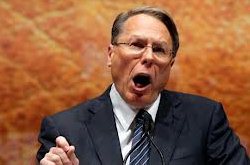
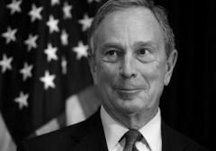




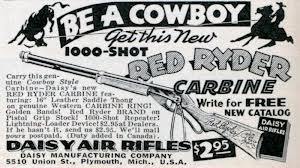

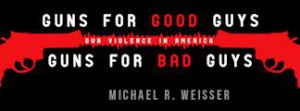
Recent Comments